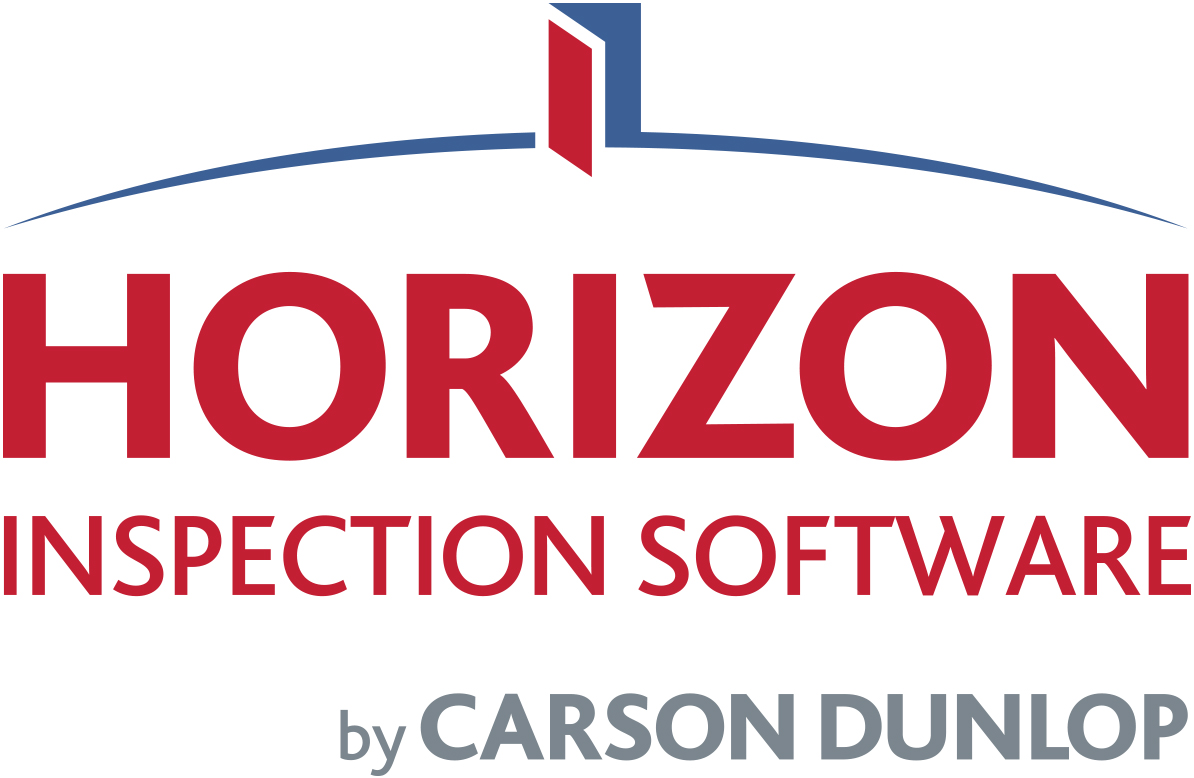5 Common Report Writing Mistakes Most Home Inspectors Make: Part One
As a home inspector, writing reports is one of the most important parts of your business. You may choose to write your reports manually or use home inspection software to help out. However you choose to write your reports, here’s a list of common mistakes to help you write the best reports possible.
- Saying too much. Less is more.
Most home inspectors clutter their reports with excessive descriptions that don’t add any value for clients. This distracts readers with limitations and notes to reduce the inspector’s liability. Even if you know a lot about a subject, don’t go into too much detail. The goal of the report is to inform, not impress or intimidate.
Telling clients about the weather conditions, the location of the swimming pool, the size of the floor joists, the number of bedrooms, the architectural style of the home, whether the home is one or 2 stories, and so on, is wasting both your time and your clients’ time. None of this adds value for the client, and it distracts you from fulfilling your role as a professional consultant.
Take a look at your reports and ask whether every sentence adds value for the client. Look for the padding and the fluff, and get rid of it. Make every word count.
- Using vague or subjective terms, such as:
- Satisfactory
- Adequate
- Functional
- Serviceable
- Structurally Sound
The reality is you don’t know whether any of these things are true. A checklist inspection mentality makes you a prisoner to the checklist. Worse than that, most checklists call for an unrealistic commitment, and an unachievable level of analysis on your part.
You don’t know if the shower stall is satisfactory under every possible load condition.
Did you turn the shower on, stand in it and let the water bounce off you onto all of the shower walls? Did you run the shower with the dishwasher and clothes washer running, and the sprinkler operating in the backyard?
You don’t know if the electrical service is adequate for the lifestyle of the people who have not yet moved in. What are their electrical needs? Did you know they’re going to put in a sauna and a pottery kiln?
You don’t know if the roof is functional under every weather condition. Have you ever had trouble finding where a leak is on a roof, even when you see water coming through the ceiling below? We have. What chance do you have of predicting whether it will leak when you are there on a dry day?
You don’t know if the gutters are serviceable unless you can watch them effectively carry all the rainwater away during the heaviest rain storm the house is likely to see.
You don’t know the roof is structurally sound unless you see it under the maximum snow and wind load. You don’t know if that rear deck 15 feet off the ground will stand up to 20 teenagers dancing in unison.
We strongly recommend an exception-based reporting approach. If you see a defect, identify it. If you don’t, say nothing. If you feel compelled to say something, it should be nothing more than, “No defects were noted during this inspection.”
In Part Two, we continue by looking at the next three most common mistakes. Can you guess what they are? See you at Part Two!
